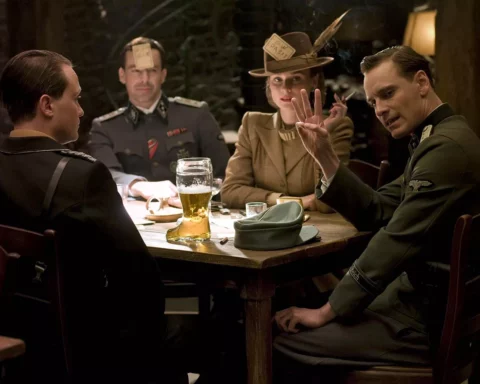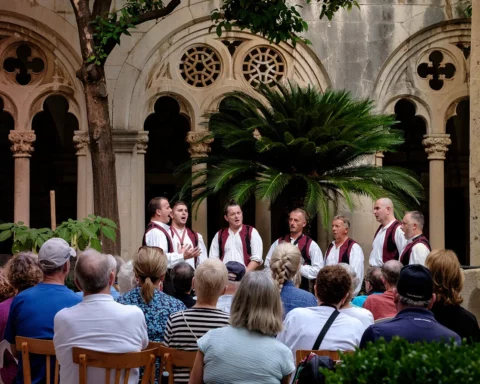France and Italy may have been the birthplace of some of our world’s most renowned styles, such as Art Deco or Baroque. For Romanian people, the most important and beloved architectural style did not come from overseas but from our own “backyard”.
Unique, mesmerizing, and monumental – that’s how one would describe the Romanian National traditional architectural style (a.k.a. Neo-Romanian, or Neo-Brâncovenesc) that today stands tall as a beautiful timestamp in the country’s long history. Hunkering down behind tall trees, sometimes appearing to be drowning in the dust of the past centuries, these splendid buildings breathe life into the otherwise overwhelming streets of the capital city, bringing a new dimension to the “Romanian spirit” present in the rich culture of the country.
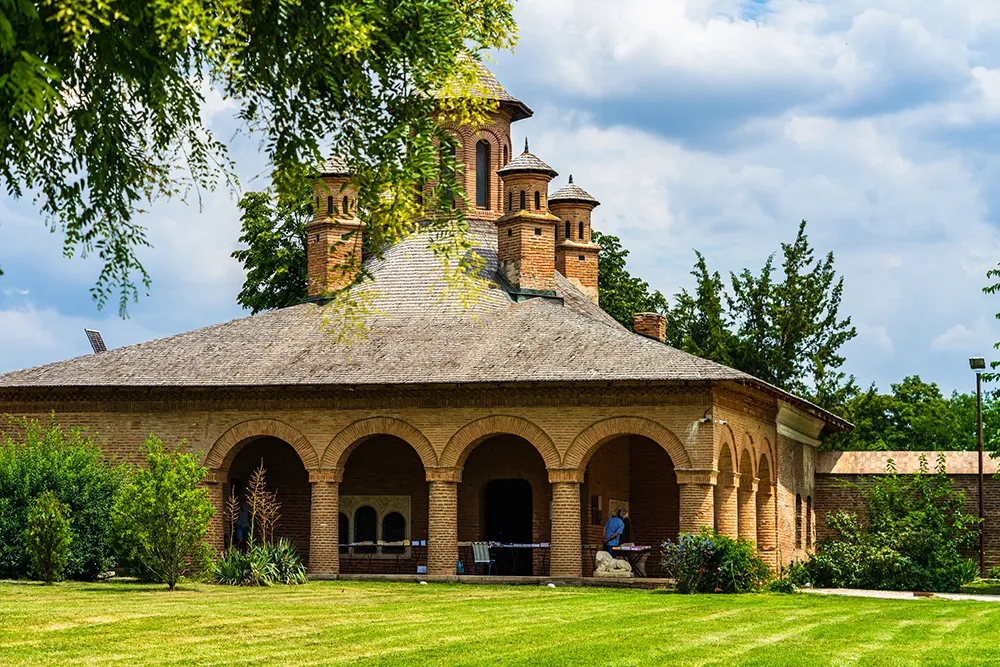
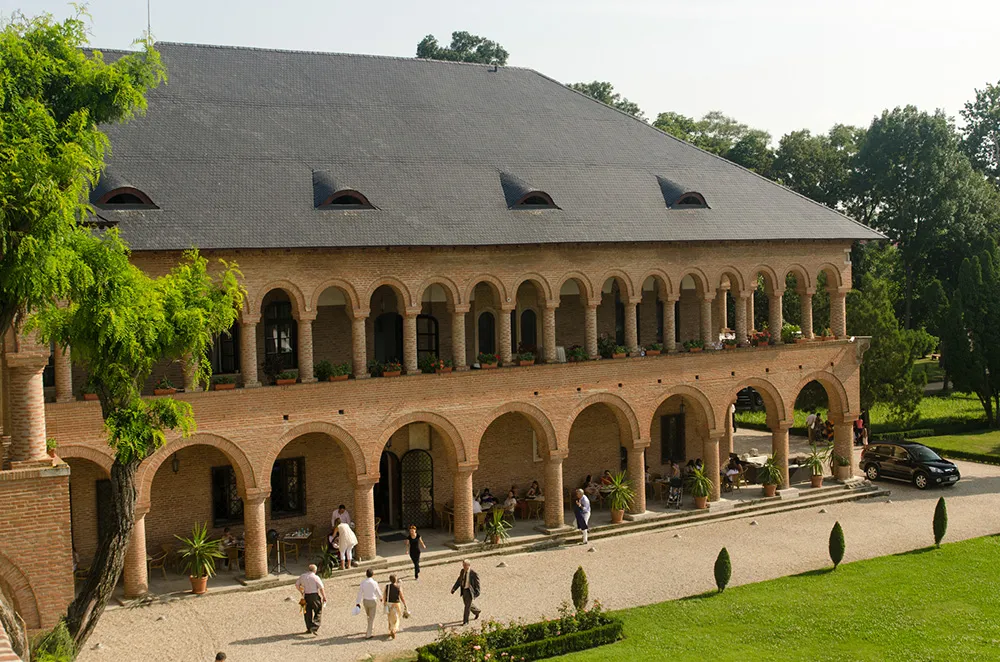
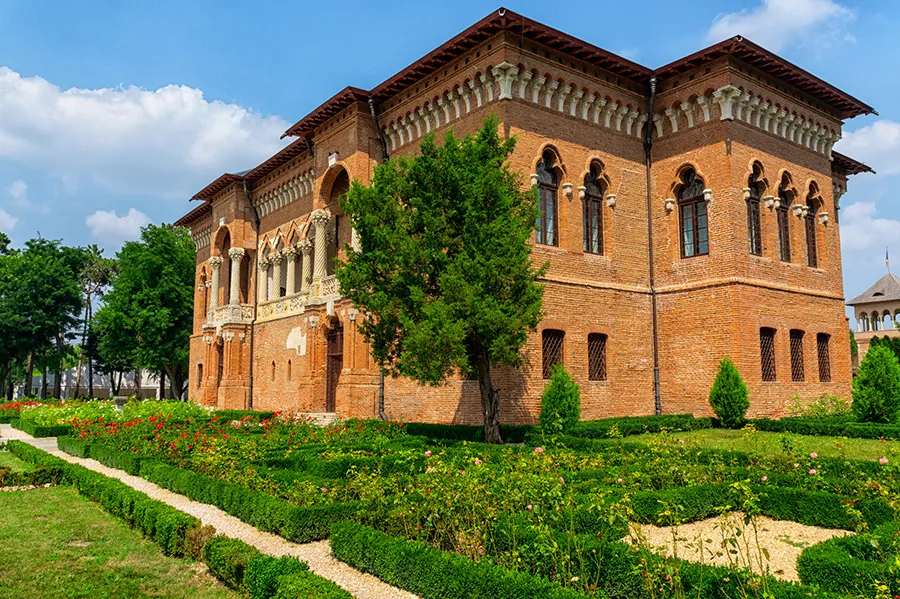

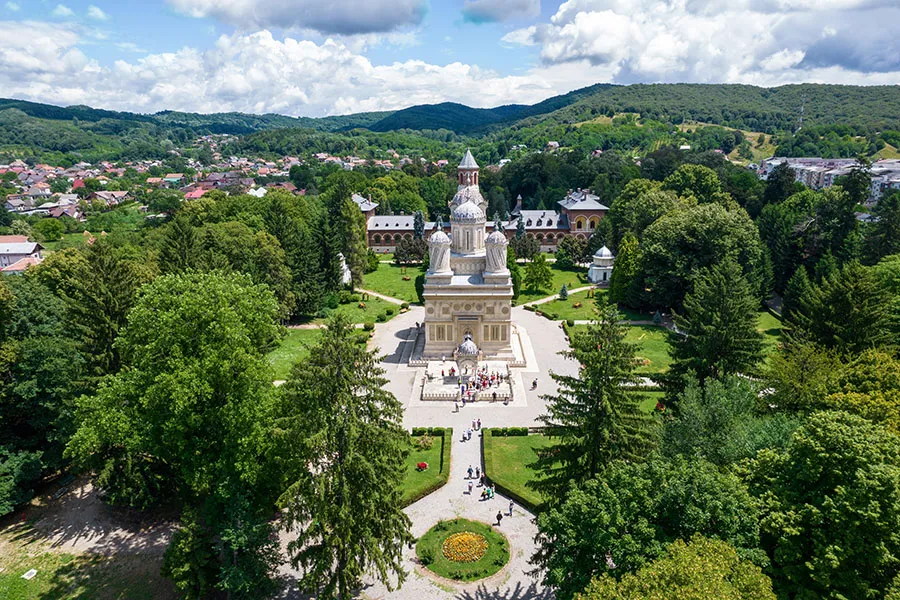
How Neo-Romanian Architecture captured the Romanian spirit
The 19th-century nationalist movements throughout Europe took over the beautiful arts. For Romania, this was the birth of the charming “Romanian Revival” architecture, a style that continues to amaze with its beauty and intricate meanings. The style was desired to portray the Romanian soul and act as a mirror of the people’s lives, beliefs, and concerns. Romanian Revival style, or the Romanian national style, was created as a blend between the unique characteristics that made up the Romanian people and, therefore, the Romanian spirit.
Breaking the Romanian identity into visual elements was no easy job for the architects of the times. The newly formed Romanian state was looking for two things: international recognition of its authenticity and cultural appreciation. Skillfully, it managed to find the perfect synergy between the two.
And, as in the case of every country stained by Ottoman domination, it all started with religion. Romania is the only Orthodox Latin country in the world, and, therefore, the religious lineage of our country was the most important aspect to be thoroughly impregnated in the developing style. Not only was the primary source of inspiration taken from Byzantine culture, but the buildings that stirred the passion also belonged to the clerical realm.
Romanian Revival: a pillar of the country’s identity

Understanding the profound significance of this pillar of Romanian identity, architects went the extra mile to incorporate Christian heritage into the national style. Not only do the buildings emanate a strong ecclesiastic feeling, but the same principle can also be observed in some of the tiniest details. The presence of the number “three” in the design of the building was intentionally sought after, as it meant to symbolize the Holy Trinity. Be it in the windows, balconies, columns, or the three-folded watchtowers, the motif of the number three was the Romanian way of incorporating one important and key element of our identity into what was to become the national architectural style.
Officially, it all started in 1886, when architect Ion Mincu designed the first house in the traditional Romanian style, the Lahovary House. Since then, it’s all history. But it hasn’t always been pink. Despite being much adored and dreamt of, the Romanian national style did not take off until the early 20th century, when the 1906 Exhibition celebrating the Romanian Royal lineage was held. During this time, the style gained official recognition as an architectural form of development, and administrative buildings started being constructed in this style. Residences continued to be in high demand. The style lived to see its most glorious times during the interwar period, only to become a matter of the past times once the Communist regime took over.
The Romanian National Style, the intricate, long sought-after, and much-desired Romanian architectural style that would show the Romanian spirit to the world, was a short-lived, sadly overshadowed attempt to portray the country and people of Romania on a concrete surface. Despite its quick demise and challenging development, the style fulfilled its mission not only for the 19th century but for all ages to come.
Today, the beloved style may not be in the most prestigious architecture books, but it sure lives in the heart of the many visitors and locals who were lucky enough to admire the beautiful creations with their own eyes.



